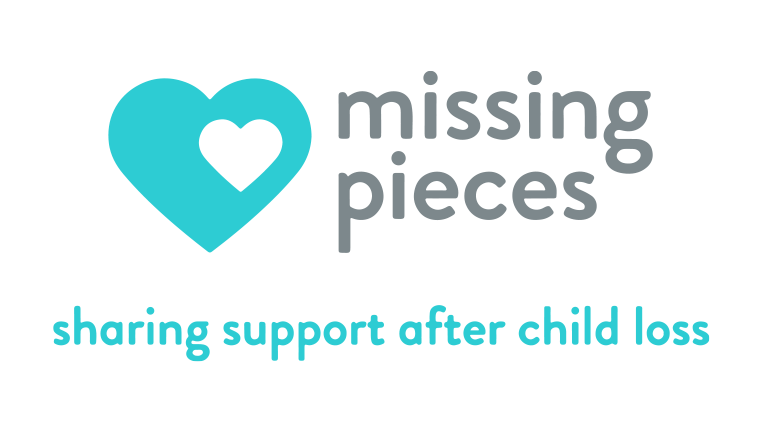What is Grief?
Childhood grief is not a single event but a lifelong process It encompasses the emotional, cognitive, physical, functional, and behavioral reactions to the death. It is also common for children to take grief break and return to playing or behaving as nothing has happen. They can only process so much information at a time. It may be perceived as not caring or not understanding, but they trying to process bite-size pieces at a time. What may appear as indifference or carefree attitude is a self-protecting measure and allows them time to comprehend this new reality and grieve at their own pace. It is also often through their behavior and their play that they practice their new realities and communicate with us their concerns. While new fears, developmental delays, extreme clinginess and risk-taking behaviors are normal reactions they maybe also be signs that the child needs additional support and opportunities to express their grief:
• Sadness- Children may show a change in affect, crying, appearing depressed, decreased interest in themselves or others or activities that they used to enjoy, or a change of appetite, prolonged withdrawal, nervousness, or low self-esteem. Many will not be able to articulate their emotions or what they need to feel better, therefore adults may need to validate and normalized their feelings and give them alternative opportunities to express themselves through art, play, or physical activities.
• Guilt- It is important to consider the child’s developmental understanding and tendency to believe that thoughts cause actions. Younger children are also egocentric and believe they have great powers. Through magical thinking, they might blame themselves for the illness or death, for most children remember every mean word or fight and feel they caused the death. It is important to review the cause of the illness/death and address these feelings directly.
• Anger- It is natural for children to feel angry that their lives have changed, angry that they haven’t been included in decisions, angry that others don’t understand, and angry at doctors, parents, and God, that they didn’t save their sibling's life. Often an expression of sadness, helplessness, frustration, or fear is a part of this anger, and feelings should be validated but clearly stated that hurting themselves or others is not okay. It is of concern when explosive emotions interfere with school and relationships, or when the feelings are too big and not given the permission or the opportunity to be expressed, often resulting in an explosion of emotions and acting out behaviors.
• Acting Out Behaviors may be misdiagnosed as attention deficit hyperactivity disorder (ADHD) or other learning disabilities. Similarities between grief and ADHD include the following: hyperactivity, impulsivity, irritability, disorganization, and lack of concentration. It is important that professionals explore the child’s loss history and support system and ask the right questions before diagnosing/medically treating such behaviors.
• Somatic complaints- Children grieve with their bodies. It is easier to say “my tummy hurts” than report feelings related to the death. Physiological symptoms include: headaches, stomachaches, tiredness, sleeping disturbances, change in appetite, tightness in the throat, and general nervousness. A child may assume the sick role in an attempt to sympathize or relate to the child who has died. Somatic complaints and physiological symptoms are normal. Anticipate eating and/or sleep disturbances and some change in behaviors: tiredness, lack of concentration, nervousness, and separation anxiety are normal.
• Relief- It can be difficult for a child to admit, but quite normal for a child to feel, relieved that their sibling is not suffering any more. They also may be glad to be reclaiming normalcy in their home and their parent’s attention, For example, a child whose sibling has been sick for several years and whose parents spent most of the time in the hospital, may feel some sense of relief after the sibling dies and the parents return home. It is imperative that the message be given that this is a natural and normal reaction and is in no way indicative of a lack of love.
• Fear- Will I die? Suddenly the world feels very unsafe and unpredictable. There may be an increased awareness that a parent might die and the possibility that they too could become sick or die. They may worry about the safety of others, and fear that there might not always be someone there to care for them. This can heighten their fears, causing separation anxiety in many forms. Bedtimes can be difficult, as a child may be flooded with thoughts and feelings when the night becomes quiet and dark. During this time, nightmares are very common.
• Regression- Many children revert back to earlier behaviors or developmental levels, becoming overly dependent on the parent, wanting to sleep with the parent, thumb-sucking, bed-wetting, temper tantrums, separation anxiety, the use of baby talk, or refusing to work independently on tasks that they had previously mastered. Under stress, children often wish to return to the feelings of safety they experienced at earlier stages in their life. A child may also need more adult-attention, and even though often in a response to a negative behavior, this forces an adult to interact with the child. If problematic behaviors continue for a long period of time, it may indicate the need for additional intervention.
• Role Shifts-Opposite of regressive behaviors, a child may overcompensate for a parent’s inability to manage and the child will take on more responsibility. Frequently statements by adults will reinforce this, such as “take care of your mom’ or “make sure you are helping out.” This is often referred to as Big Man/Woman Syndrome and is characterized by a child who attempts to grow up too quickly and assumes adult responsibilities. Adults should monitor appropriate roles and responsibilities for their children.
